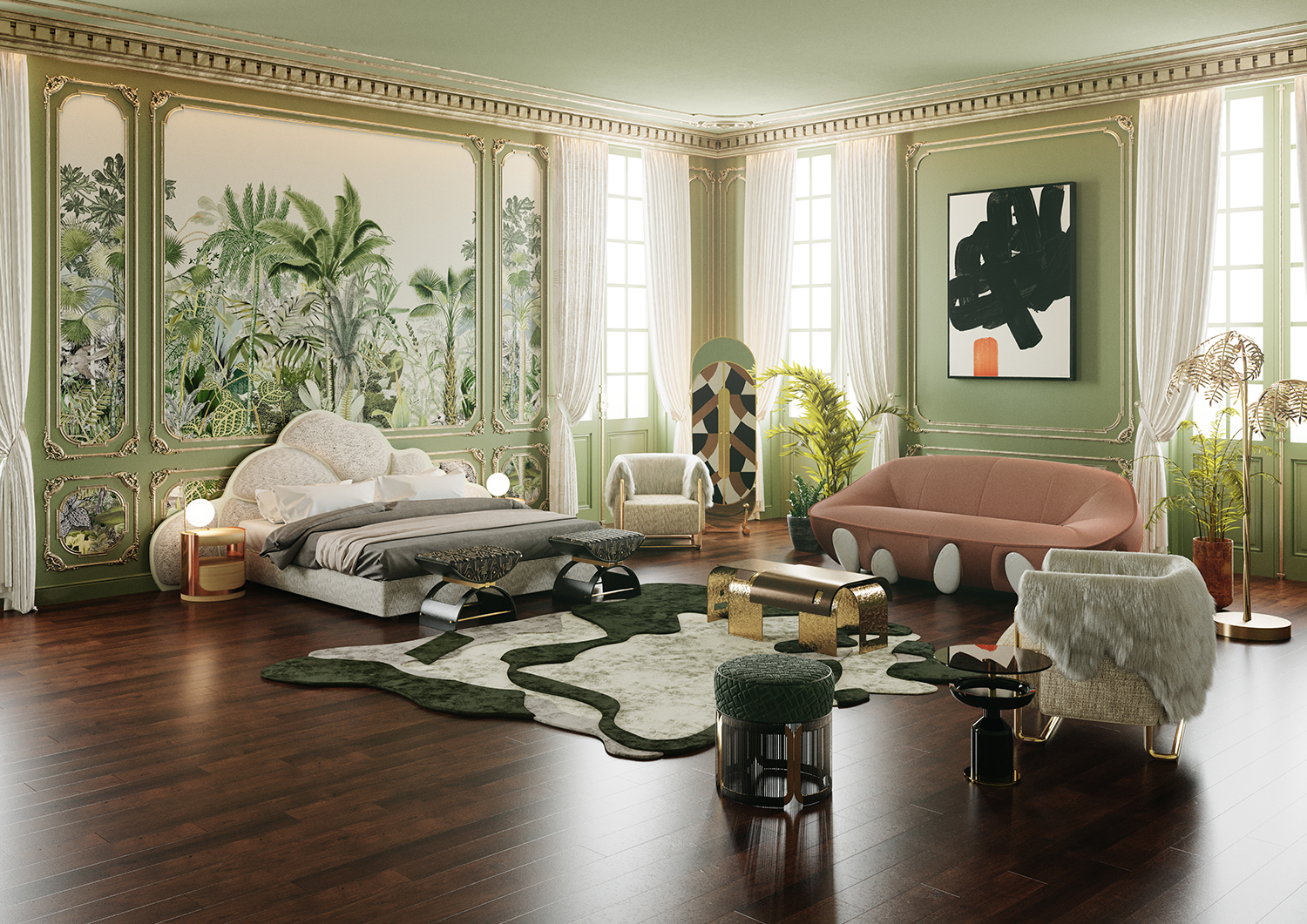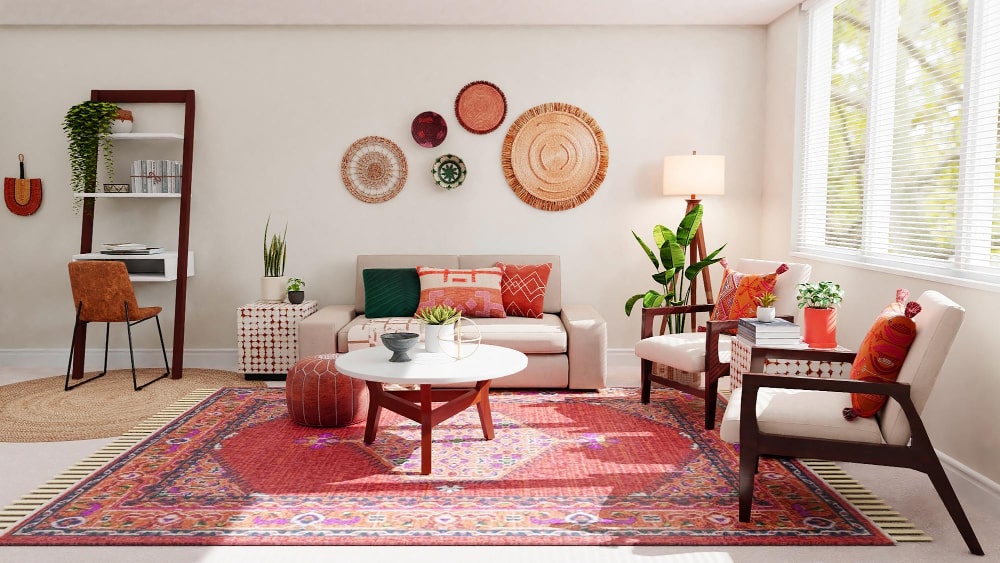Experience expert miami interior design for high-end home and office interiors.
Experience expert miami interior design for high-end home and office interiors.
Blog Article
Transform Your Home With Vital Concepts of Interior Decoration and Visual Appeals
By comprehending the impact of shade concept and the value of structure and patterns, one can develop areas that are not only aesthetically attractive but additionally deeply individual. Accomplishing this balance involves even more than simple design; it includes a strategic setup and a keen understanding of how each component engages within a space.
Understanding Shade Theory
Shade theory is a fundamental facet of interior decoration that significantly affects mood, assumption, and general visual. Recognizing the principles of shade theory permits designers to develop rooms that resonate emotionally with passengers while fulfilling useful requirements (Architecture Firm). Colors can be classified into 3 primary kinds: primary, secondary, and tertiary. Each classification plays a critical duty in establishing consistency within a room.
The psychological impact of colors is extensive; warm shades such as reds and oranges stimulate power and warmth, while awesome tones like blues and environment-friendlies promote calmness and harmony. In addition, making use of complementary colors boosts aesthetic interest, creating striking contrasts that can raise a space's charm.
Neutral colors, on the other hand, act as a functional backdrop, allowing other design elements to radiate. It is important to consider variables such as lights and the space's objective when choosing a shade combination, as these can change the assumption of shades throughout the day.
Eventually, a well-considered color pattern can change an area, promoting a sense of comfort and design that aligns with the inhabitants' preferences. Proficiency of shade concept is, as a result, an important skill for any interior developer intending to produce harmonious and welcoming settings.
Attaining Equilibrium in Style
How can designers attain a sense of equilibrium in their rooms? Achieving balance in layout is essential to developing unified interiors. Designers can make use of 3 main types of balance: balanced, asymmetrical, and radial. Symmetrical balance entails preparing aspects evenly around a main factor, fostering a feeling of order and peace. This type frequently features sets of furniture or art work, improving visual security.
Unbalanced balance, on the various other hand, counts on varying elements that still attain a cohesive look. This strategy enables even more dynamic and casual plans, giving passion while maintaining stability. By thoroughly picking varying sizes, shades, and structures, developers can create an aesthetically compelling area that really feels balanced yet energetic.
Radial equilibrium emphasizes a central centerpiece with elements radiating external. This style is typically seen in round layouts, where furniture and style create a natural border that attracts the eye inward.
Ultimately, attaining equilibrium calls for thoughtful factor to consider of range, proportion, and the partnerships in between elements. miami luxury interior design. By skillfully using these balance concepts, developers can change areas right into atmospheres that really feel both aesthetically pleasing and functionally harmonious, improving the overall experience for passengers
Relevance of Spatial Awareness

A keen sense of spatial understanding allows developers to recognize centerpieces within a room, assisting the visitor's focus to key attributes while maintaining an overall sense of unity. It also aids in the tactical placement of illumination, which can substantially influence the perception of space and mood. Additionally, recognizing spatial relationships makes it possible for the designer to cater to the details demands of citizens, ensuring that each area offers its desired objective without endangering aesthetic appeals.
Ultimately, spatial understanding is important for making best use of the potential of any indoor space. By thoroughly thinking about the interaction in between dimensions, format, and function, developers can produce environments that not just meet useful demands however also stimulate a feeling of comfort and appeal, boosting the total living experience.
Including Structure and Patterns
Embracing a diverse series of textures and patterns can significantly boost the visual and tactile appeal of an interior area. The calculated usage of numerous products-- such as timber, steel, textile, and stone-- creates deepness and passion, making an area feel much more welcoming and dynamic. Incorporating smooth surfaces with rough textures can establish a balance that attracts the eye and engages the senses.
When including patterns, think about both range and repeating. Huge patterns can function as prime focus, while smaller sized, subtle styles can complement other aspects without frustrating the area. Layering patterns, such as pairing floral paddings with striped throws, adds intricacy and a sense of consistency if implemented thoughtfully.
It is additionally vital to maintain a cohesive shade palette, guaranteeing that appearances and patterns interact instead than contend for interest. By selecting a few vital textures and patterns, you can create a linked visual that reflects your individual try this web-site design while improving the total atmosphere of the room. Inevitably, the mindful unification of these components can change a mundane space right into an advanced environment abundant with character and heat.
Personalizing Your Area
Producing a room that shows your individuality is crucial to accomplishing a genuinely welcoming setting. Personalization in interior decoration enables you to infuse your unique design and interests right into your home, changing it from a simple shelter into a haven that talks with that you are. Begin by choosing a shade palette that reverberates with your feelings-- vibrant hues can invigorate, while soft tones provide peace.
Include artwork and design that show your passions, whether it be traveling, nature, or abstract concepts. Displaying individual collections, such as books, pictures, or souvenirs, can evoke valued memories and produce centerpieces within an area. Additionally, consider tailoring functional items, like upholstered furnishings, to straighten with your visual preferences.

Final Thought
In final thought, the makeover of a home via the vital concepts of interior decoration and visual appeal demands a detailed understanding of color concept, equilibrium, spatial my site recognition, texture, and personalization. Each element contributes dramatically to producing a harmonious and practical living atmosphere - Architecture Firm. By attentively integrating these principles, individuals can boost the aesthetic charm and emotional resonance of their rooms, ultimately promoting a home that mirrors unique identifications while giving comfort and usefulness
Report this page